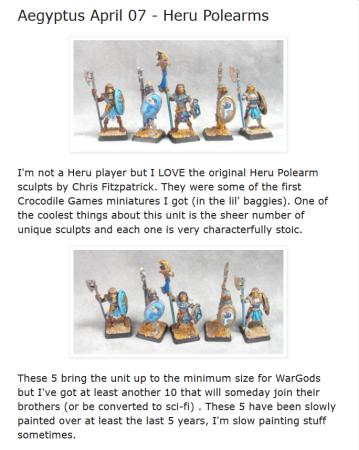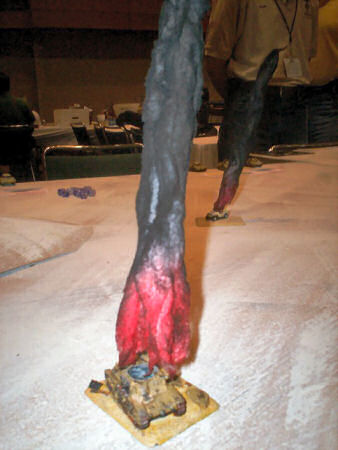I'm not sure what to expect from this attempt to use plain Plaster of Paris. I've had some unsuccessful experiences with soft-plaster scenics in the past - both that I've cast myself, and that I've bought from various manufacturers. On the other hand, I've done casting with the harder dental plaster before, and have found it to work well.

My first casting is done with the "no name" plaster. It dissolves quickly in water, and mixes up easily. Compared to dental plaster, it takes less powder (and more water) to create the same amount of liquid plaster. The plaster sets faster, is easier to scrape, and dries faster than the dental plaster I've used. The finished bits are bright white, hard but wet (with sort of a soapy feel), and seem to hold the detail well.
When I run out of the first plaster, I give the "arts" plaster a try. This brand is less successful for me. It dissolves just as rapidly, but I'm having trouble with small lumps in the mixed plaster (which doesn't seem to have any effect on the final result, but creates a few splashes when I'm trying to precisely pour the plaster into the molds!). This brand is also more difficult to scrape, as the plaster sets slowly and unevenly. The blocks are softer when they come out of the molds (and have a texture similar to white chocolate), and take longer to dry.
However, the dried bricks are harder, and I can't tell the two Plaster of Paris brands apart when dried. I at first thought that the Plaster of Paris castings were superior to the blocks I'd made with dental plaster - until I realized that the white color just made any imperfections harder to see. ![]()

In one day, I've been able to cast up most of the two boxes of plaster (13 pounds, total), and have glued up thirteen 3 x 3 (1-inch tiles) full or partial corridor modules, and fifteen 2 x 2 (1½-inch tiles) full or partial room modules - plus spare parts.
My plan for this Plaster of Paris dungeon is to create a "starter" dungeon - very basic room and corridor pieces, all in a standard 3" x 3" size. I'm keeping the walls to only two blocks high (both for playability, and to require fewer blocks), and am keeping everything basic - except that I'm using some decoration for the doorways, to make them stand out a bit.

My previous dungeon efforts (see below) were dark-colored, and mounted on half-inch foamboard to allow for depth effects (pools, ravines, etc.). My plans for this current dungeon are to use a lighter color (to make any chipping less noticeable), and I'm not using any mounting - the plaster tiles seem sturdy enough glued together on their own.

Since I'm only using basic blocks for most of this project, I'm generating lots of spare pieces with each casting. (For example, the floor tile mold has triangular and other decorative pieces, but I'm only using the basic 1" tile for my corridor floors.) All the spares are going into my parts bins...

Can I finish this project (and some related projects) before my wife returns? Can Plaster of Paris solve the world's dungeon problems? Will my kitchen table ever return to normal?









